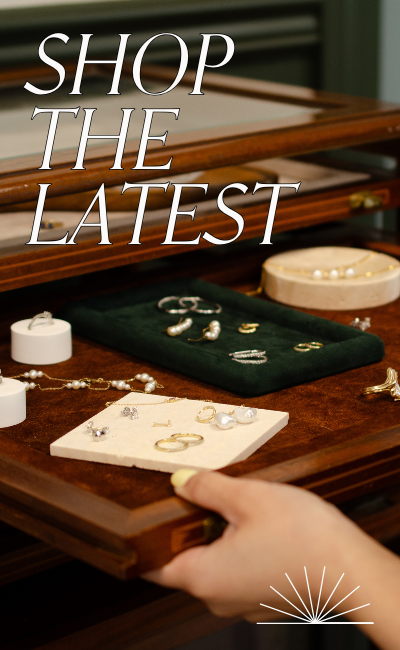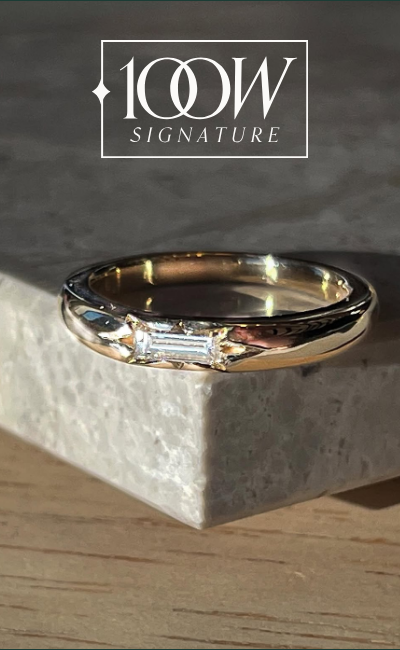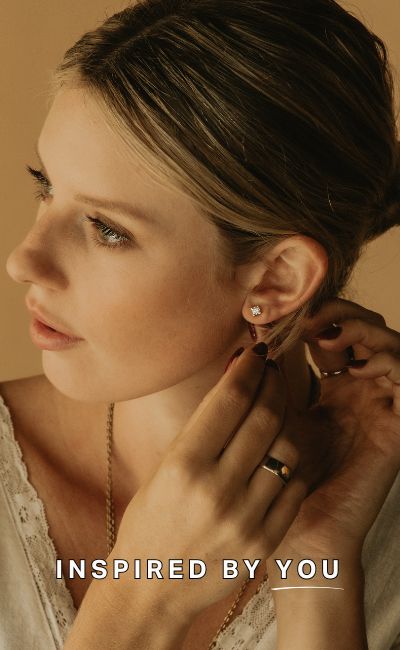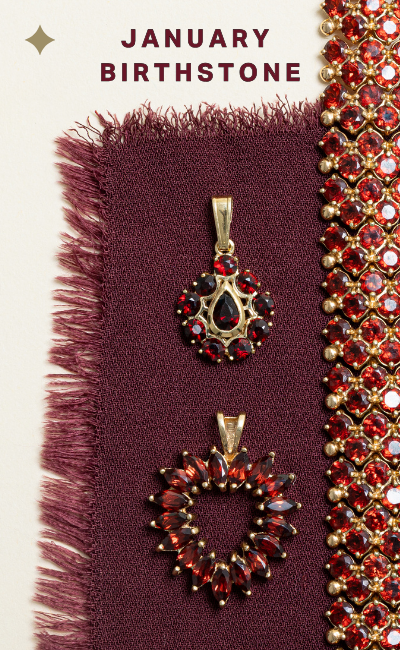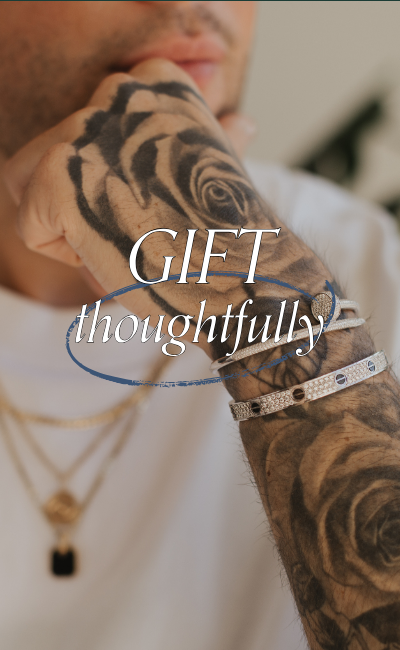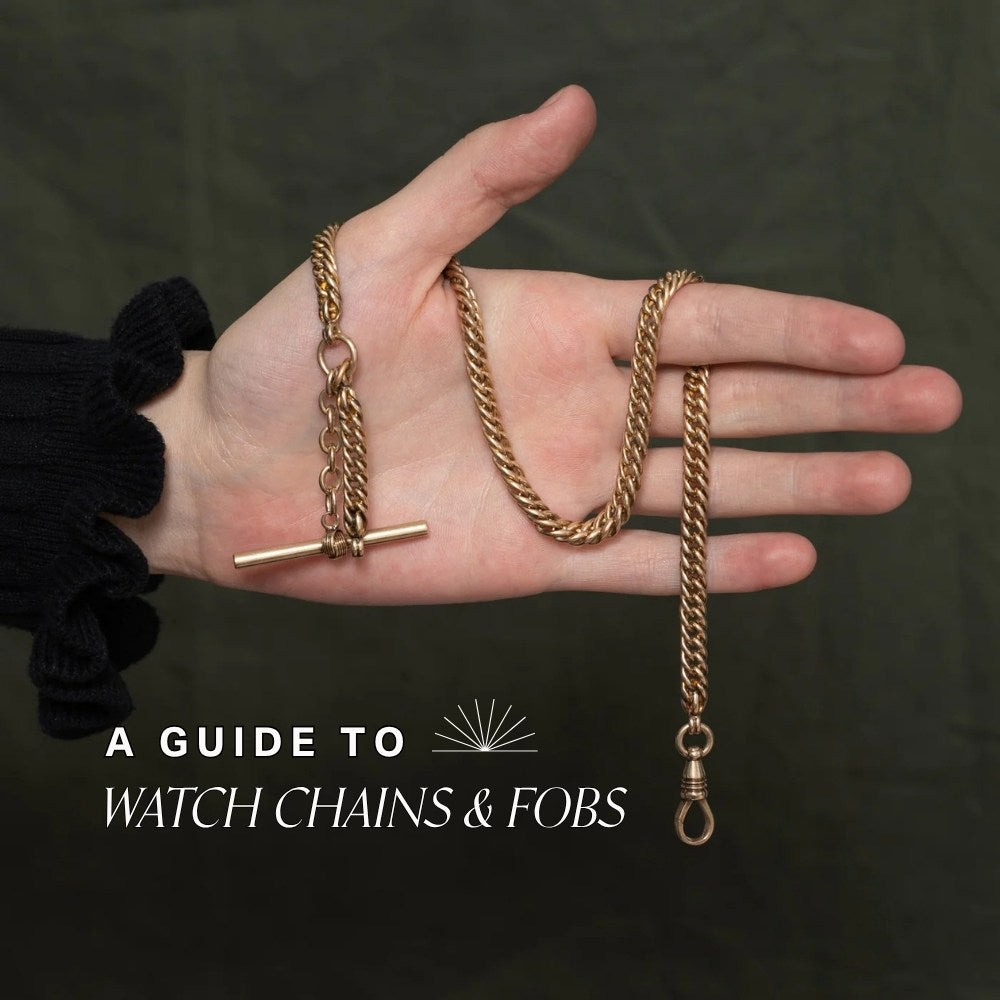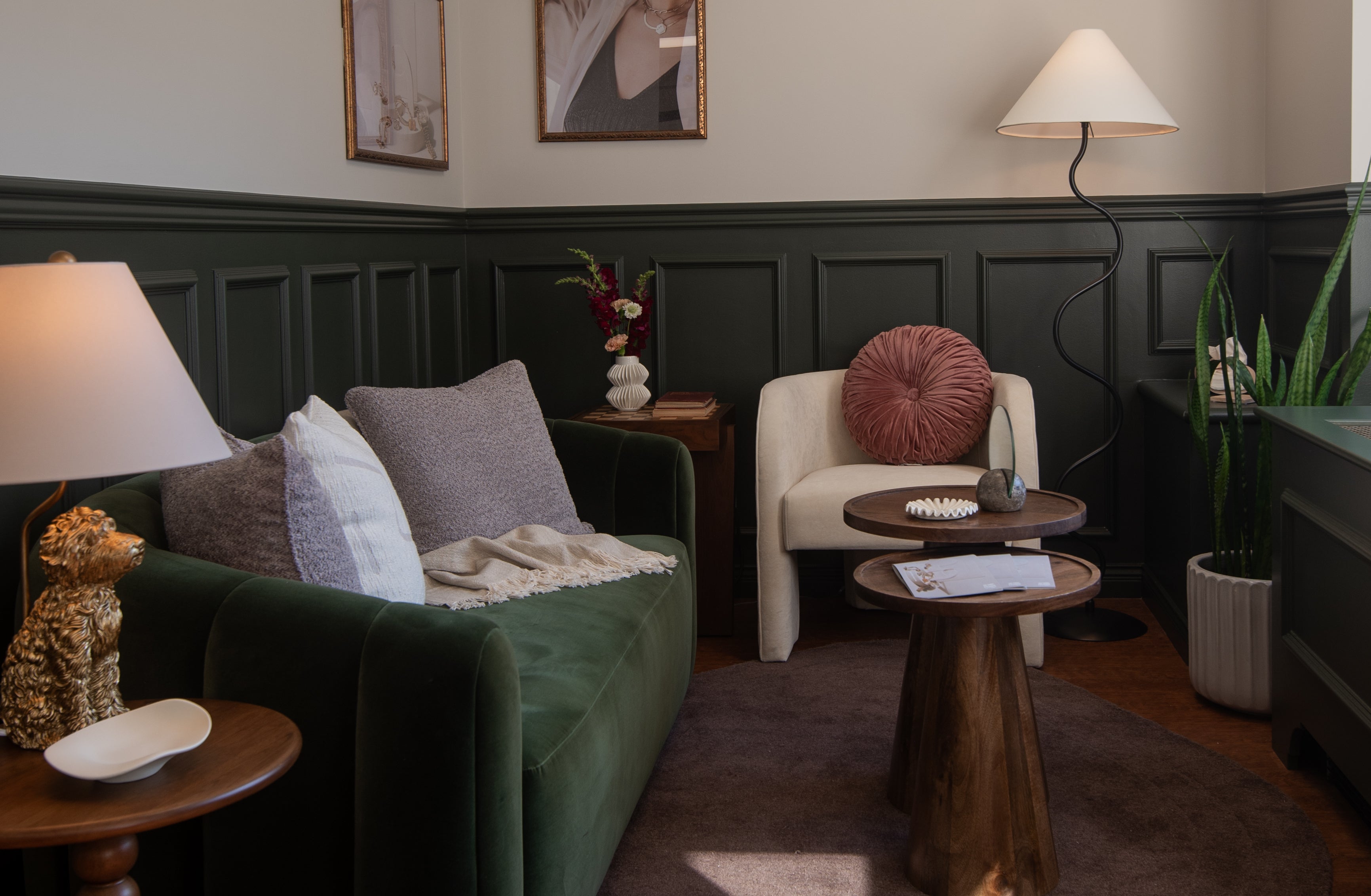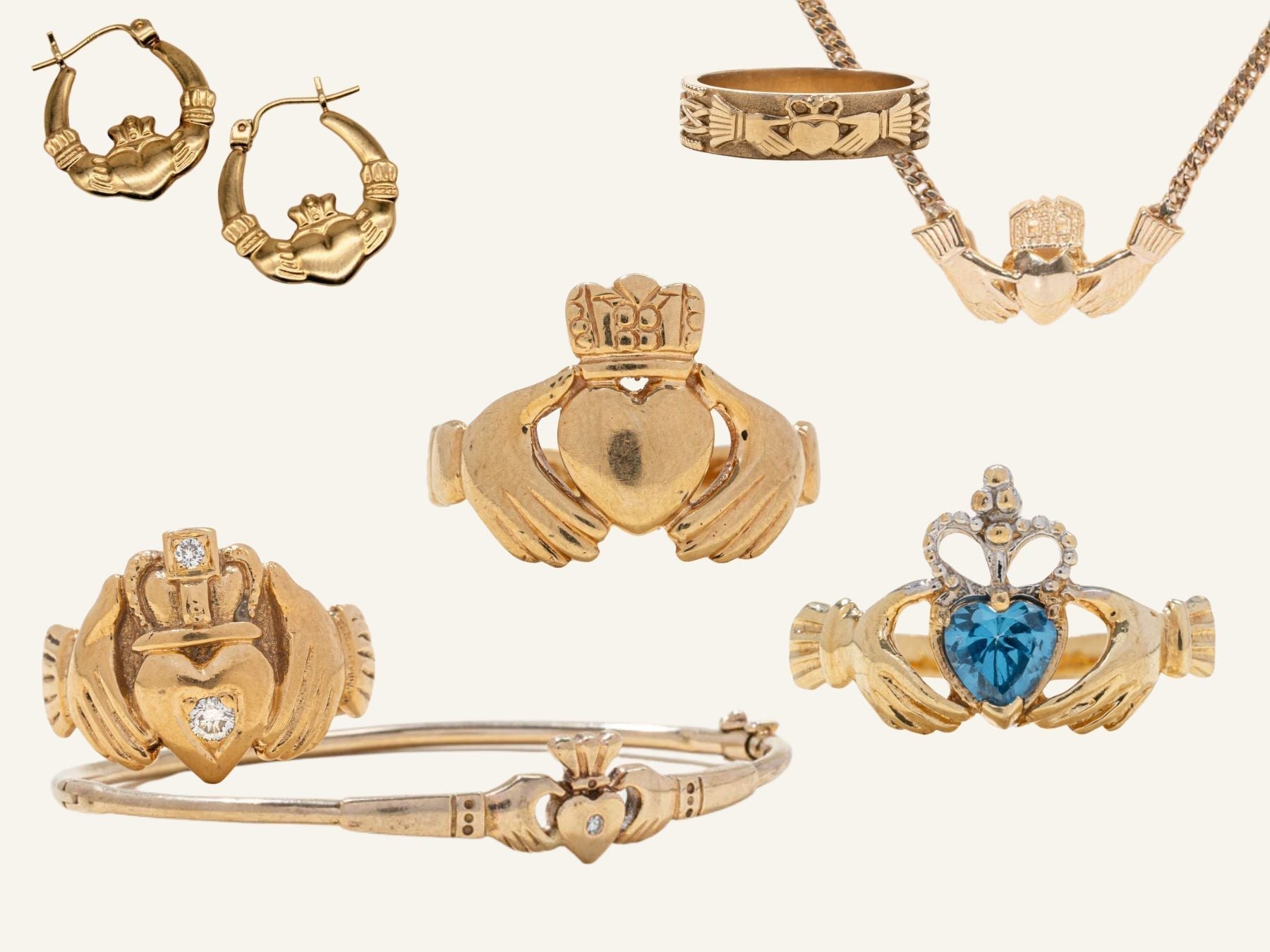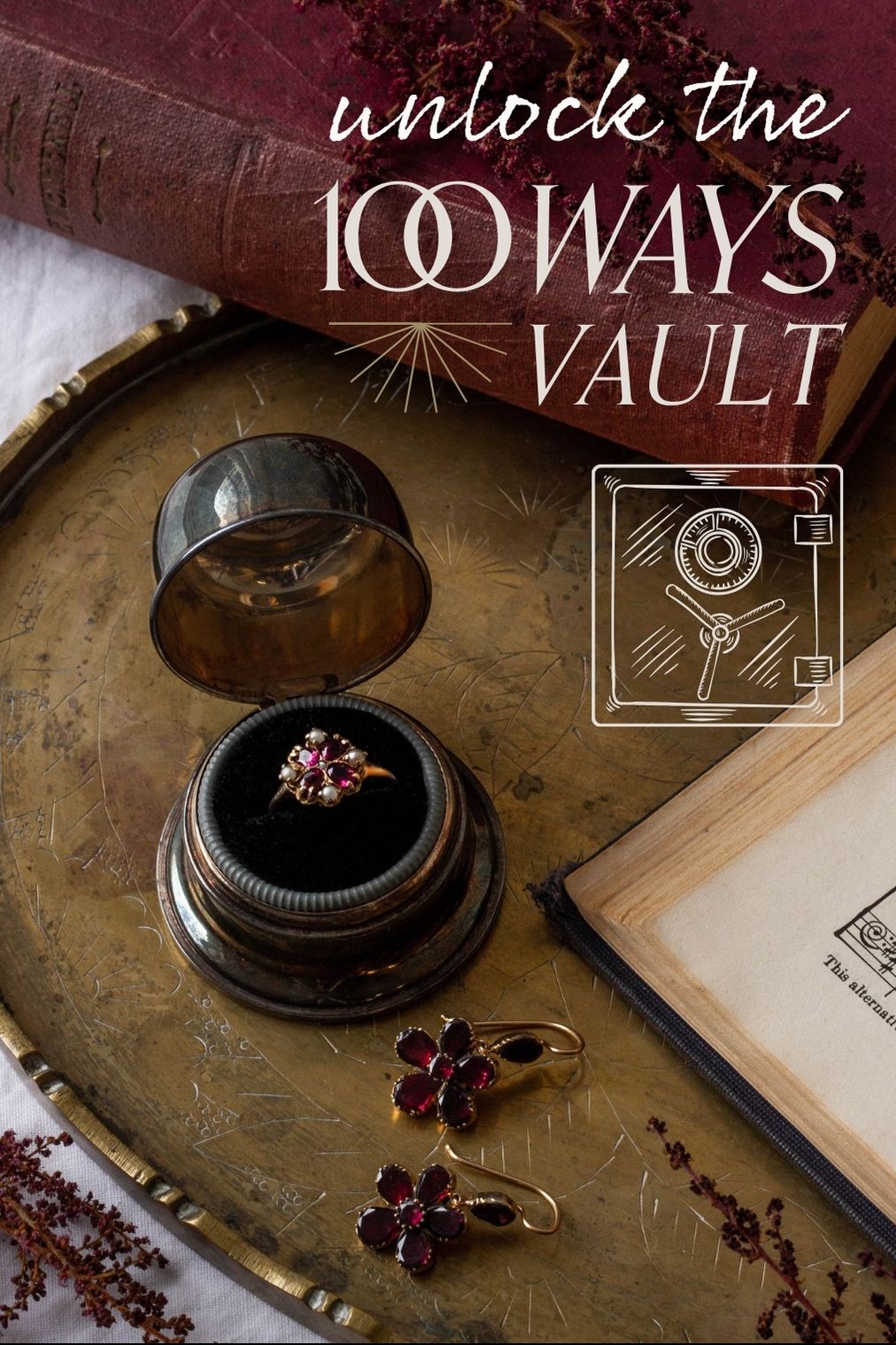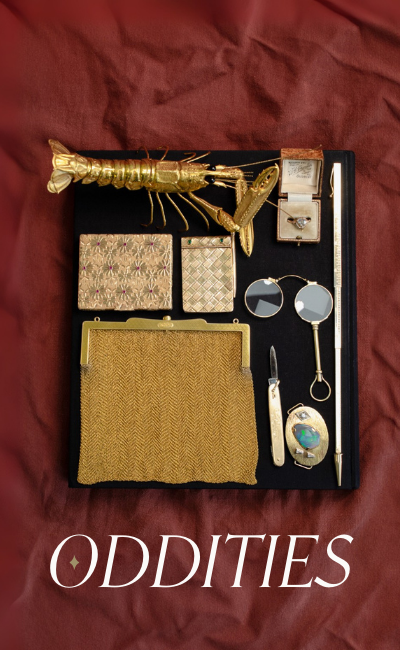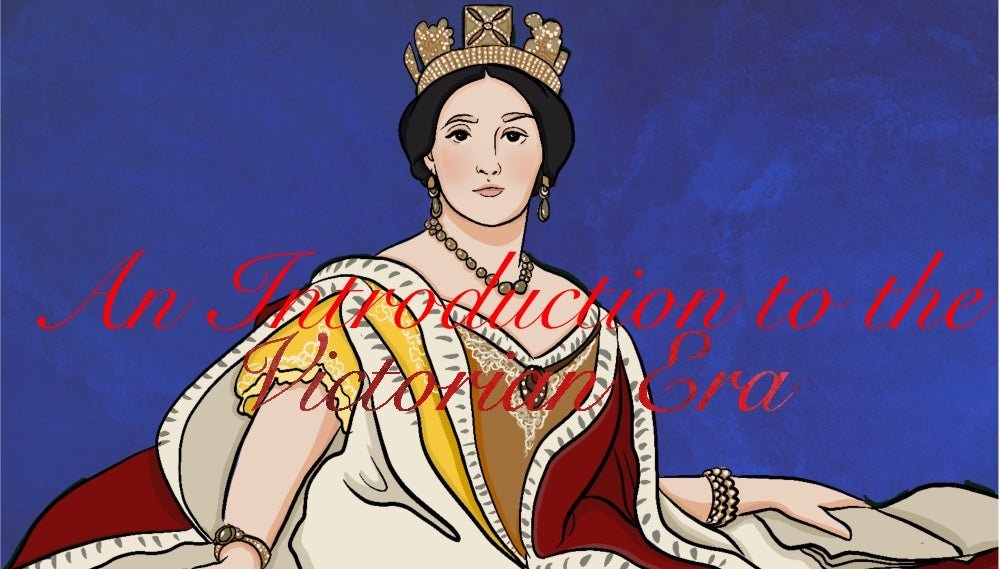
The Victorian era, referring to the time Queen Victoria was in power in the United Kingdom, was a time equally of romance and artistry. With everyone looking to the royals as their style influences, much like many do today, fashion was constantly changing and evolving with the times! This was a massively impactful era in the jewellery and fashion industry, and it still inspires many designers to this day.
Love is in the Air


1837 – 1860 is often referred to as the Romantic Period, which was viewed as a celebration of the young Queen Victoria’s love for Prince Albert! When the two were engaged, Prince Albert gave Victoria a gold snake ring encrusted with precious stones like emeralds and rubies. While this may seem an odd choice for an engagement ring today, snakes were viewed as a symbol of eternal love, which made it a very fitting motif at the time! The popularity of having jewellery have sentimental and symbolic meanings trickled down into the masses and inspired many of the well-known Victorian jewellery designs you will see today.

Along with the popularity of snake rings, jewellery featuring flowers, birds and bows became quite popular. Most pieces you would see from this time period were very delicate, feminine and ornate and were often embellished with stones like seed pearls, coral and turquoise. Another common trend was to have jewellery spell out secret meanings. “Regard” and Dearest” rings became quite popular, which had stones set in a way that corresponded to the first letter in each word: Ruby, Emerald, Garnet, Amethyst, Ruby, and Diamond would spell out “Regard”.
A Time of Mourning

Victorian style drastically changed after Prince Albert’s death in 1861. Following that and with the onset of the Civil War in America, Victorian society followed Queen Victoria’s lead and went into a prolonged period of grieving. Black clothing and black mourning jewellery came into fashion and were seen everywhere. Colourful precious stones were used less and less, as darker materials became more desirable to further emphasize the feeling of grief. Onyx and jet were quite commonly seen as well as very dark red garnets and black enamel. Some jewellery even utilized human hair, typically that of a loved one, into the design so the wearer could feel closer to the one they were missing.


Style once again began to shift with the discovery of the Kimberly Diamond mine in South Africa in late 1867. These mines produced a massive supply of diamonds on the market and brought diamonds more into focus in the jewellery industry. Cushion-shaped old mine-cut diamonds were the most popular diamond cut until the invention of the steam lathe in the 1870s. After that, it became possible to create more rounded diamonds which is when the Old European cut diamond took its place and became the cut of choice.
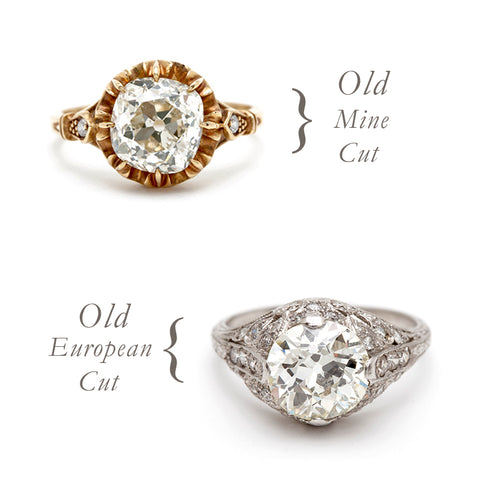
Looking to the Future


During the final stages of the Victorian era, the style once again began to change! As Queen Victoria had begun to age, her children came more into the spotlight and were massive influences on the style at the time. Victoria’s son Edward helped promote sporting jewellery, like equestrian-inspired pieces while his wife Alexandra popularized the iconic Victorian choker necklace. Known as the Aesthetic Period, jewellery was made with the idea of “art for art’s sake” in mind and began in Britain around the 1870s.

Diamonds and other precious gemstones like opal and amethyst became very prevalent, as stones were starting to be used for their natural beauty and not just their material worth. This was something that jewellers in the Aesthetic period felt passionate about and it is an ideology that transitioned into many iconic styles and eras afterwards. This movement helped inspire the Arts and Crafts movement which lasted from the 1880’s all the way until the 1920s. Talk about a massive influence!
Victorian jewellery continues to be highly coveted today, and it isn’t hard to see why! If you’re looking to add something inspired by royalty to your collection, take a look at our Victorian jewellery on 100 Ways!

